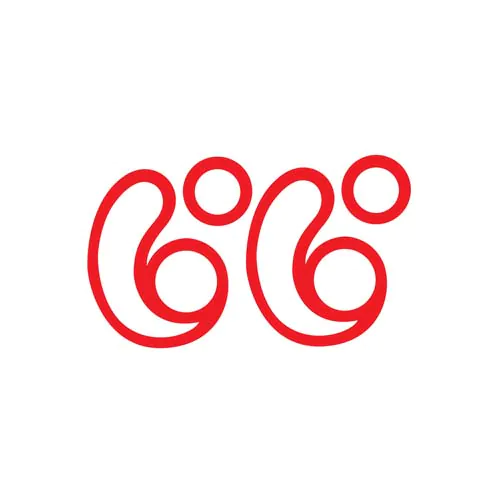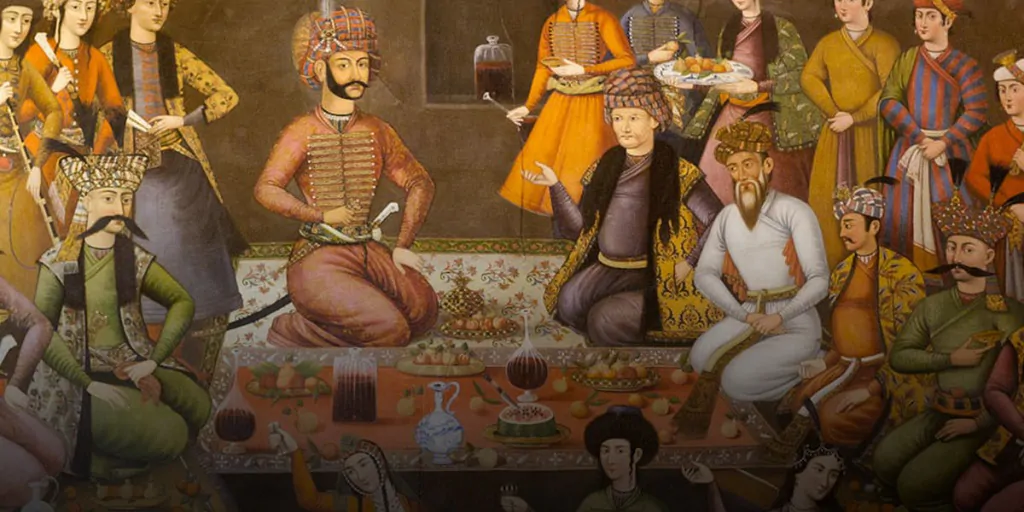The coffee house is an old part of Iranians’ culture and social life, which is no longer as colorful as it used to be. The new generation that prefers coffee shops and restaurants must become more familiar with the old coffee houses, Naqali and Shahnameh reading, etc. In contrast, the coffee house culture is very strong in Iran and neighboring countries.
In the past, the coffeehouse was generally a place for socializing, hanging out, talking, and chatting, which mostly had a male environment, and unfortunately, it was empty of women. In Iran and the surrounding countries, this culture of socializing and meeting people in coffeehouses caused many social and political developments and was often a place for important decisions. Sometimes the governments welcomed this culture, and sometimes, like Sultan Murad in the Ottoman Empire, they banned it and even declared tobacco consumption and coffee drinking haram.
This historical evidence shows that coffee house culture in Iran and neighboring countries is more than one hundred and two hundred years old and has its roots in history. For this reason, we will talk a little more about it in Foodex magazine.
Tea or coffee, which is the favorite drink of Iranians?
What we have from history shows that before the arrival of tea and coffee, sherbet was the most popular drink of Iranians, and there were wineries all over the country. With the arrival of tea in Iran by an English merchant, people gradually became familiar with this delicious and warm drink. Now drinking tea is so rooted in the culture of Iranians that they don’t start any day without it.
Coffee was also imported to Iran and the Ottoman Empire as medicine, probably from Arab countries. In the Ottoman Empire and during the era of Sultan Suleiman, coffee became the favorite drink of the royal family. However, after a few years, the Ottoman sheiks issued a fatwa against coffee and declared it haram.
Safavid era and the coffee house (Ghahve khane)
In Iran during the Safavid era, with the introduction of tea and coffee, the wineries gradually turned into coffeehouses, and this became a turning point for the beginning of the coffeehouse culture in Iran. These coffeehouses served people with hookahs and usually had Shahnameh reading, Naqali, and Pahlavi culture programs. Tea and coffee were prepared traditionally and were yet to be very popular. For example, coffeehouses were established in the capital, Isfahan, during the Safavid era, which was different in distant cities until the samovar’s introduction and tea consumption became widespread.
Coffee house in the Qajar era
Tourists who traveled to Iran during the Qajar era noted that drinking coffee without sugar is common among Iranians, especially the nobility and the royal family. Ordinary people also consume sweet tea with sugar. At that time, the general public considered tea a healthy drink that they had to go to a coffee shop to drink. The almost high price of tea and, of course, the means of brewing it, i.e., samovar, made it a luxury and expensive drink that cannot be found in every home. As a result, Qajar-era Iran became a paradise of coffeehouses and surpassed the tavern.
Nowadays, all kinds of coffee shops and restaurants have replaced the old coffee houses, and the means of preparing coffee or brewing tea are reasonable and common among people. Of course, some still prefer the taste of tea to coffee and describe it as a heavenly drink.
The first coffee houses in Iran
Coffee house culture in Iran was probably formed during the time of Safavid Shah Tahmasab, that is, with the popularity of drinking coffee in Iran, Qazvin, the capital of Shah Tahmasb, and other large cities such as Isfahan had coffee houses that served the nobles, the elders of the government and the city, and became a place for people to gather. had been
The early architecture of Iranian coffeehouses was a large and spacious building without columns and curtains. Because they were all men, there was no need to build an interior and an earring room for women to hide.
Considering that the culture of the coffee house in Iran was accompanied by impersonation and poetry reading, they built archways and palaces to entertain people, which were furnished, and everyone sat in a special place, smoking hookah, tea, or coffee, according to their wealth, social status and power. He ate and watched the ceremony. Important meetings were also held in royal residences without the presence of ordinary people, which sometimes changed the fate of a country or overthrew a kingdom.
The peak of coffee house activity in Iran was the era of Shah Abbas Safavid, known as the golden age of the Safavid Empire. At that time, the capital of Iran was the city of Isfahan, and various coffee houses were opened around the Aali Qapu Palace, which is today’s Naqsh Jahan Square, many of which served the Shah. During this period, the Shah fundamentally changed the coffee house culture in Iran; Because poets gathered to praise him and read poetry. As a result, in addition to Shahnameh’s reading, poetry reading also went to the coffee house.
Among the kings of the Safavid era, Shah Abbas was very fond of coffeehouses and would entertain important guests and ambassadors, sometimes in Chehlsetun Palace and sometimes in coffeehouses.
In this era, coffees were brewed exactly like the Turkish coffee that is popular today, simple and without milk and additives to be served in small cups.
Shahnameh reading and Naqali in coffee houses
Coffeehouse culture in Iran is known to the general public with Shahnameh reading and Naqali. As you know, only some were literate then, like today. On the other hand, reciting the Shahnameh was not and is challenging; Naqali also requires talent and a good voice. For this reason, people used to go to the coffee house to watch Naqal, which had a function similar to today’s theaters and was an opportunity to have fun.
Shah Abbas, who during his reign caused the growth of the coffee house culture in Iran, was one of the lovers of Shahnameh reading, and people like Mulamomen Kashi and Abd al-Razzaq, the calligrapher read the Shahnameh for him and his people in the coffee house. For the people, Naqali usually started at night, and Naqali performed specific parts of the Shahnameh that they had memorized.
The entry of Naqali into the culture of coffee houses in Iran made the painting on the wall gradually enter the architecture of coffee houses and was the beginning of promoting the culture of chivalry, chivalry, and kindness. In this era, the narrators needed illustrations to describe the stories of the Shahnameh and to influence the audience, so they painted the stories they narrated on the wall and became the founder of a new chapter in the coffee house culture in Iran.
In addition to reciting the Shahnameh, religious stories and mention of the superior qualities of the first Shiite Imam, especially during the Safavid era, when Shiism was expanding, also entered the culture of the coffee house, and now the porters also talked about the greatness and chivalry of Imam Ali and read poetry.
conclusion
So far, you have learned about the culture of coffee houses in Iran, and you know that an important part of the old communities of people was formed in these coffee houses. After finishing work, the men went to the coffee house and spent hours there.
Coffee houses continue to operate in Tehran and big cities. In the historical context of Tehran, you can find old coffee houses that serve customers strong, almost bitter tea and hookahs and are famous for having omelets for breakfast.



















